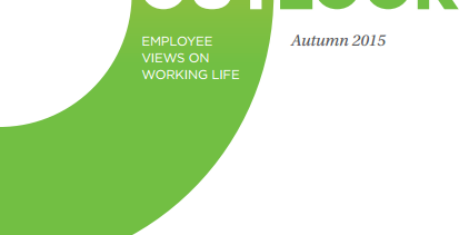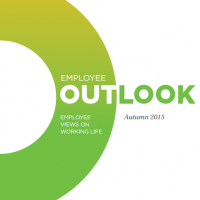November 6, 2015
Email overload draining your productivity? Let your tech answer for you 0
 At this week’s CIPD conference in Manchester, HR Godfather Cary Cooper used his keynote address to highlight the deleterious effects of email on productivity and wellbeing. He once more highlighted how email remains the single most substantial drain on people and called on the serried ranks of managers to take up arms against our overstuffed inboxes. No doubt he now welcomes the news that one tech company is determined to become the solution to the problem, even though they’re also the cause of it. Google have launched a system called Smart Reply for Gmail users which uses a ‘deep neural network’ to analyse incoming emails and suggest three likely replies to mobile users to choose from, enabling them to respond quickly and without expending too much energy. Responses are not based on any insight into the user’s own preferences, but what the system considers likely as a general rule.
At this week’s CIPD conference in Manchester, HR Godfather Cary Cooper used his keynote address to highlight the deleterious effects of email on productivity and wellbeing. He once more highlighted how email remains the single most substantial drain on people and called on the serried ranks of managers to take up arms against our overstuffed inboxes. No doubt he now welcomes the news that one tech company is determined to become the solution to the problem, even though they’re also the cause of it. Google have launched a system called Smart Reply for Gmail users which uses a ‘deep neural network’ to analyse incoming emails and suggest three likely replies to mobile users to choose from, enabling them to respond quickly and without expending too much energy. Responses are not based on any insight into the user’s own preferences, but what the system considers likely as a general rule.
































November 5, 2015
Data transforms the roles of offices and the people who manage them
by Philip Ross • Comment, Facilities management, Technology, Workplace
(more…)